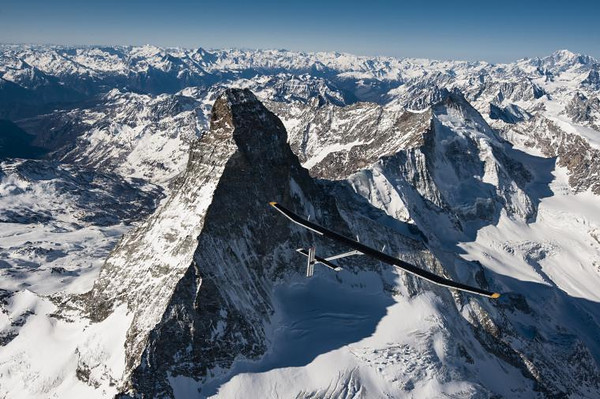The last year has been a very busy one for the Swiss-based project known as Solar Impulse. Apart from successfully completing a two-month mission to fly across the US using a 100% solar-powered airplane — the first of its kind (able to fly through the night) — they’ve also been building a new and improved prototype plane.
Bertrand Piccard, a doctor, psychiatrist, and aeronaut, is perhaps best known for being the first person to fly around the world nonstop in an aerial balloon. André Borschberg is an engineer and professional airplane and helicopter pilot who flew in the Swiss Air Force. Both Piccard and Borschberg take turns piloting the aircraft, which has a cockpit that only fits one. The success of Solar Impulse in flying a zero-emissions airplane is an encouraging step in the direction toward a movement of clean energy technology and being less dependent on fossil fuels.



